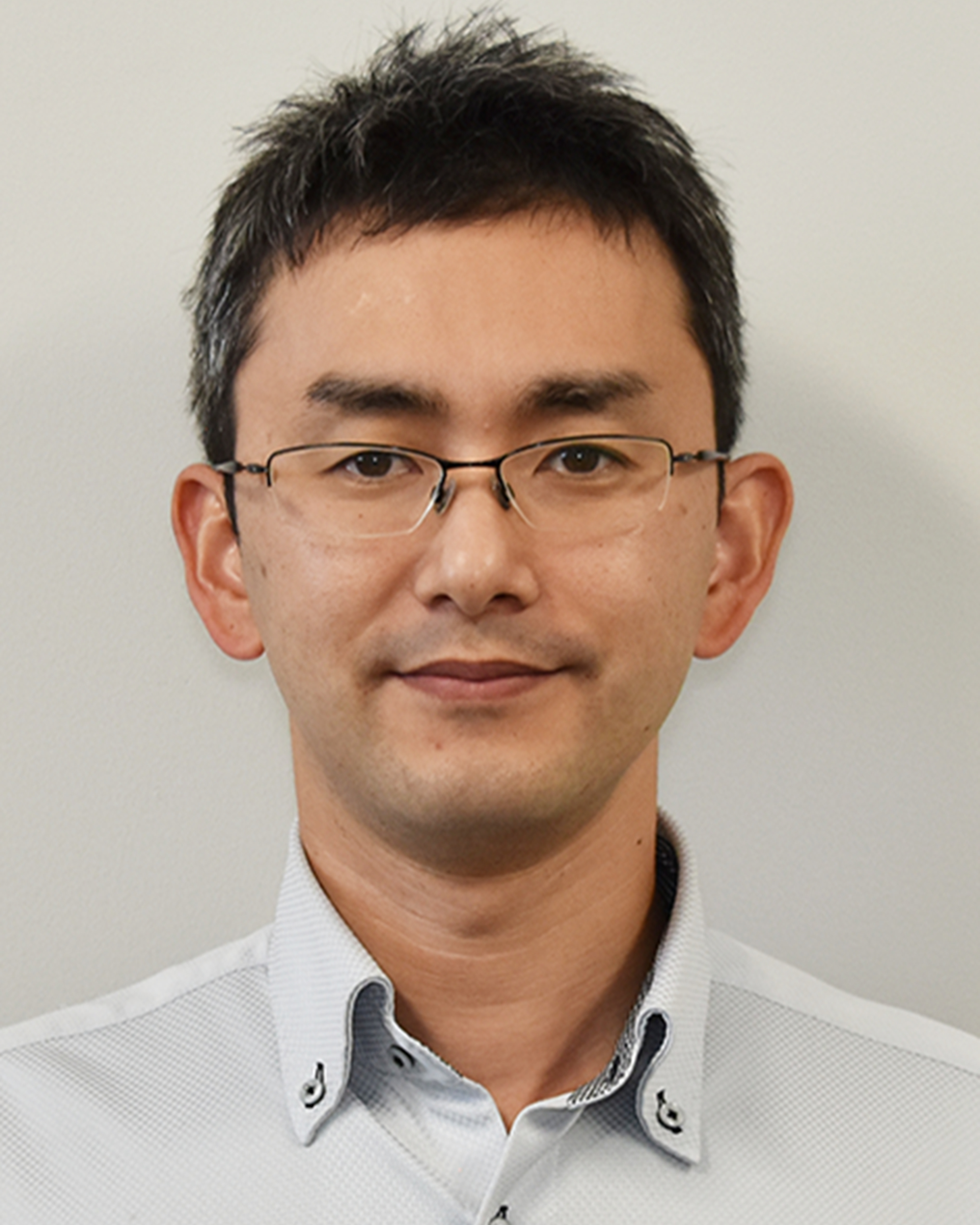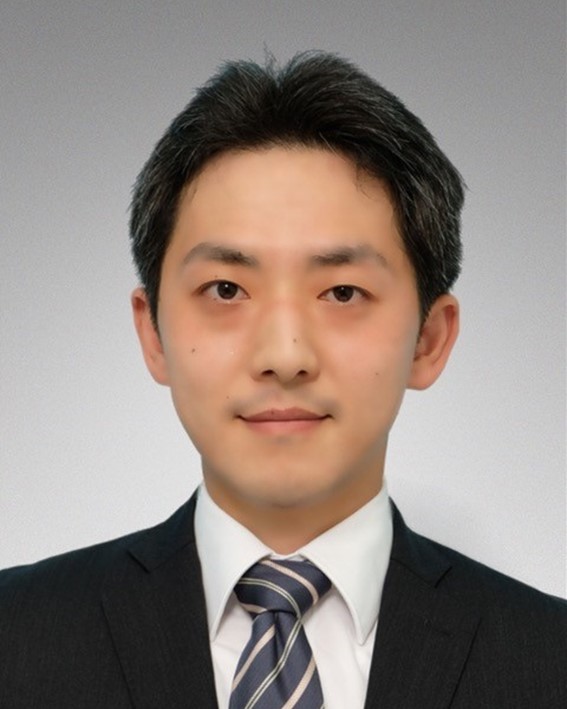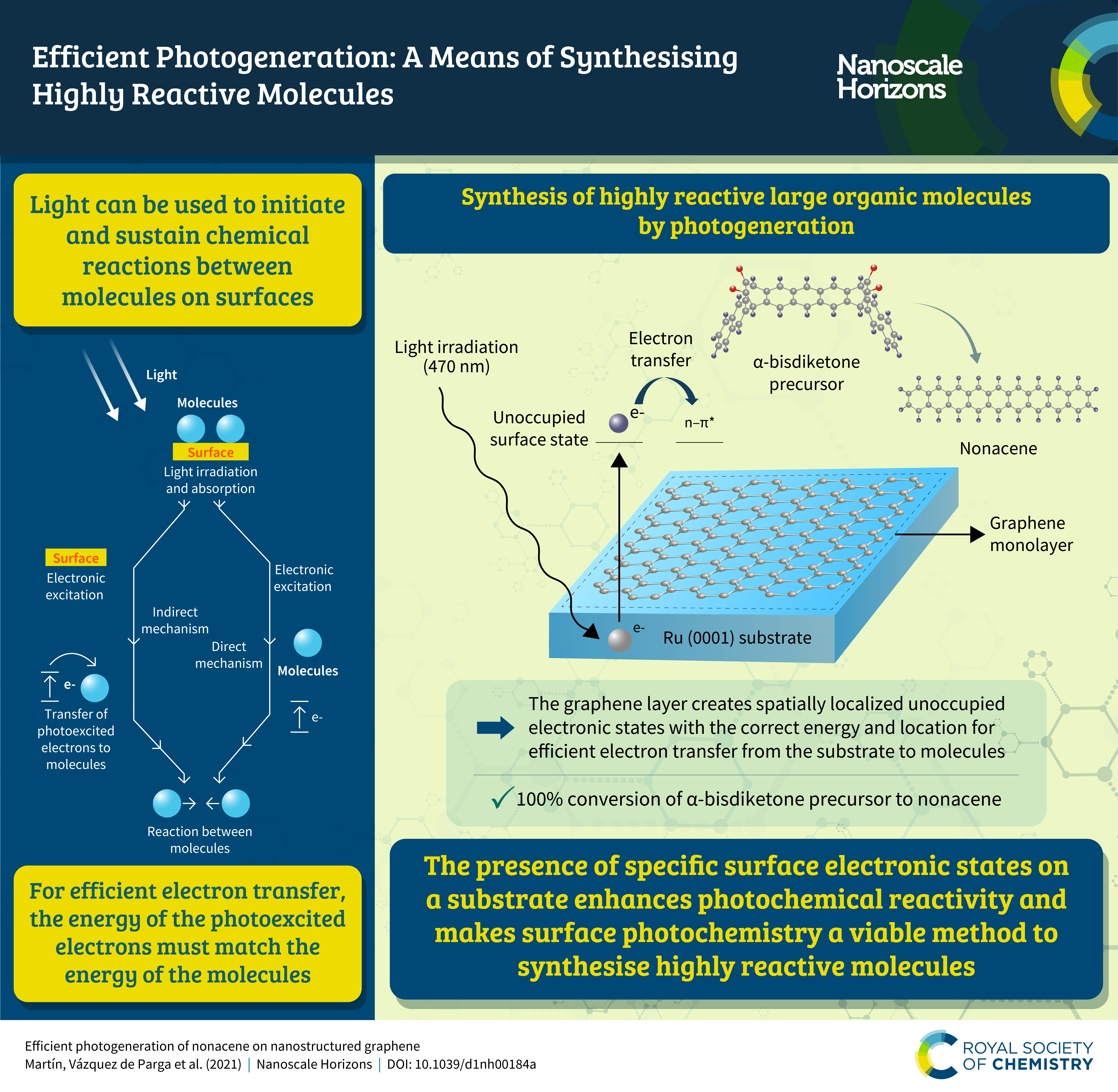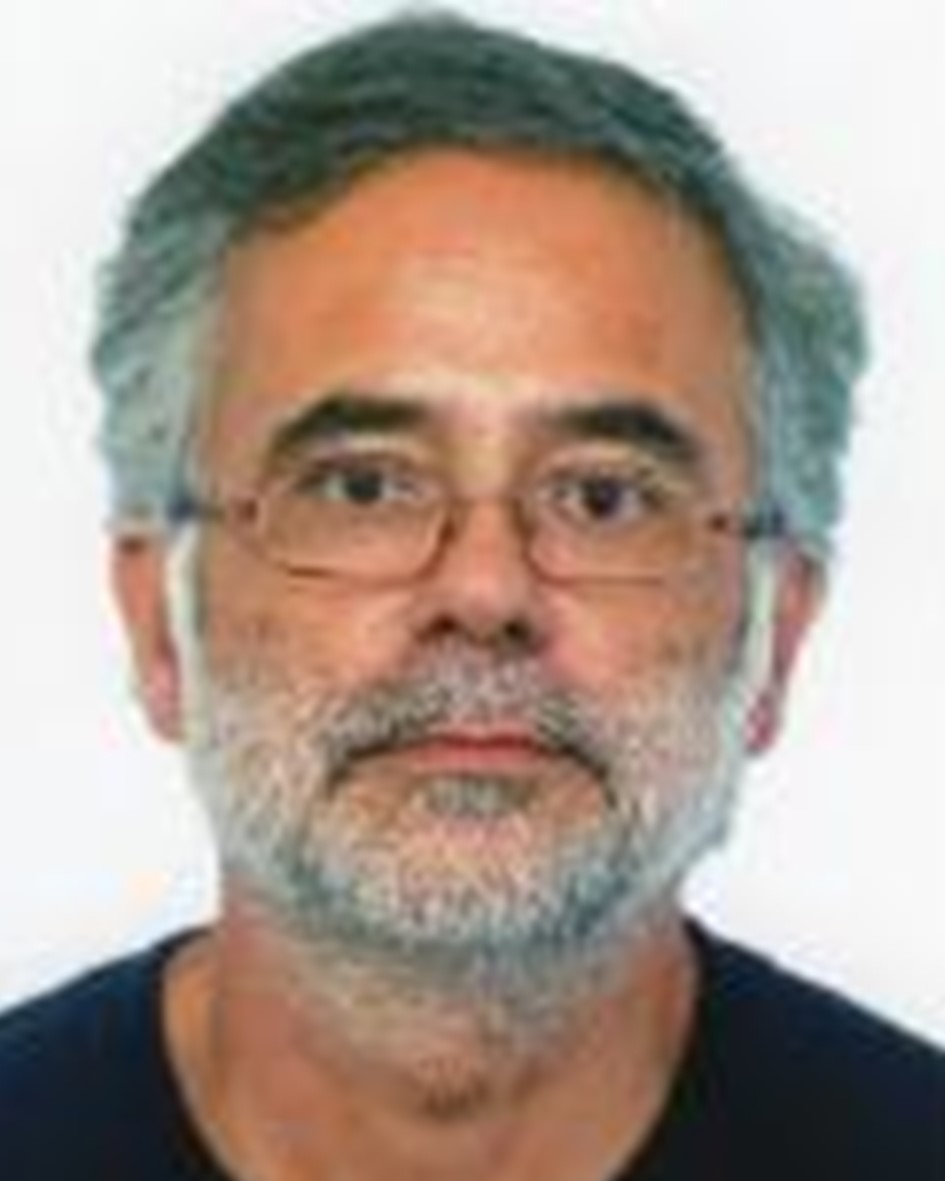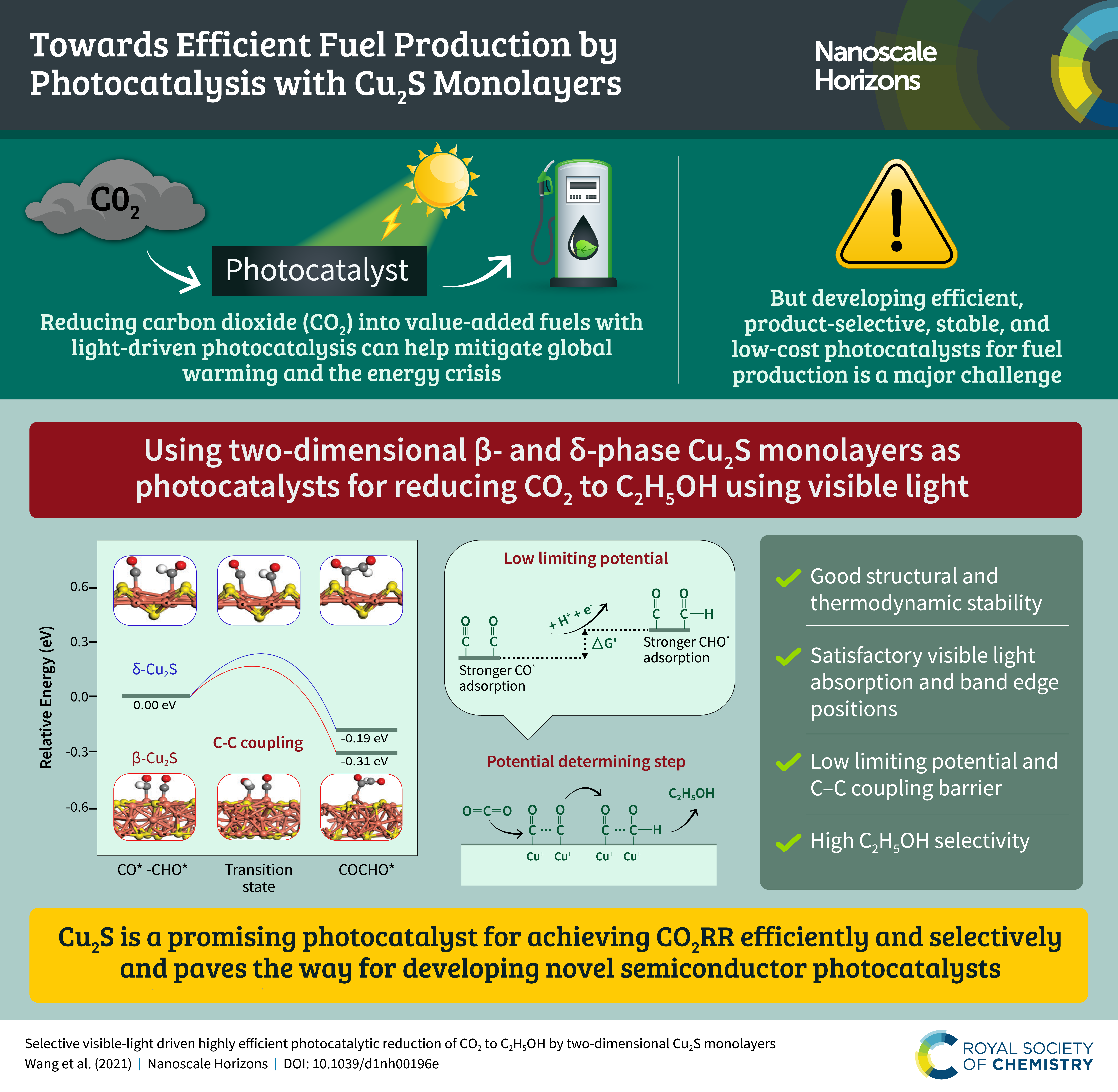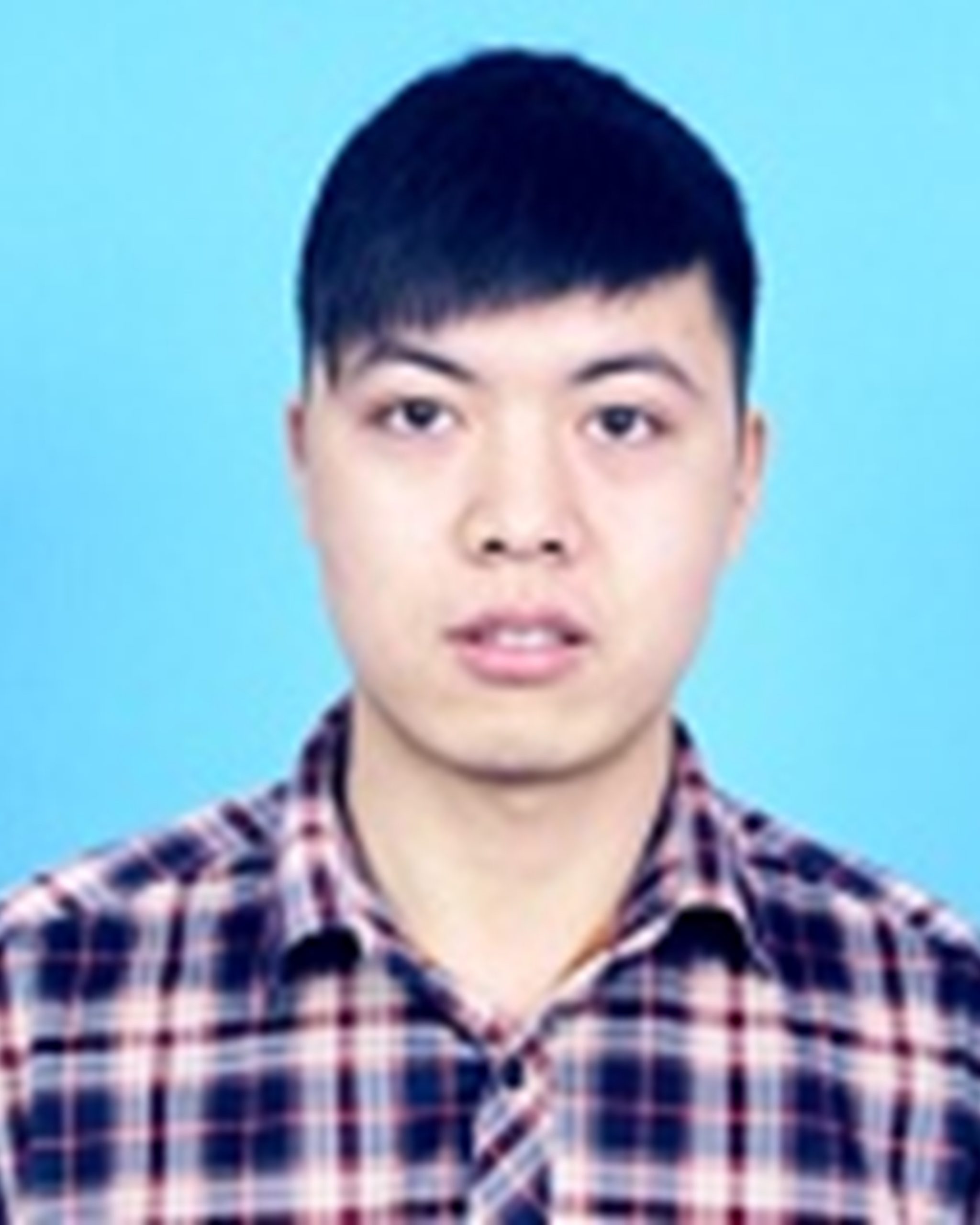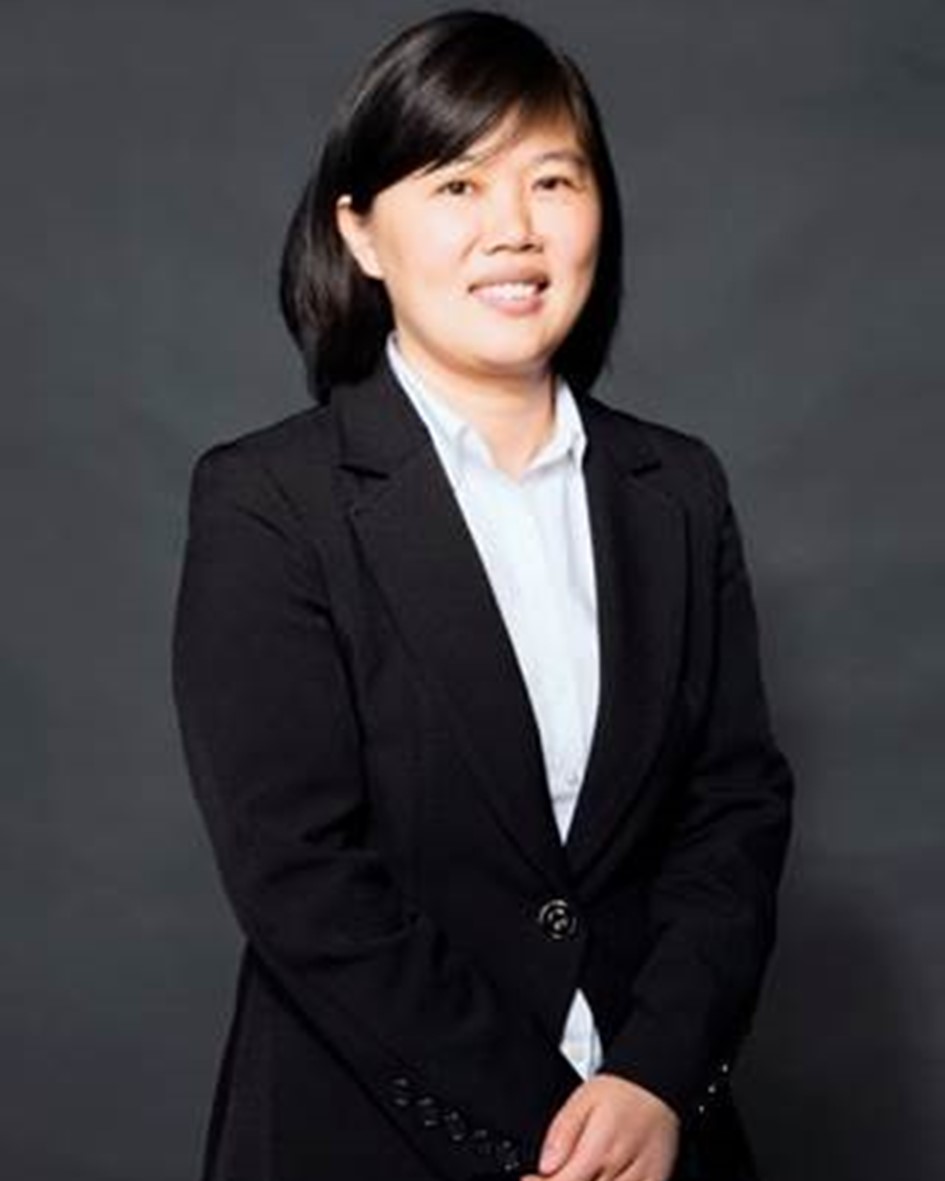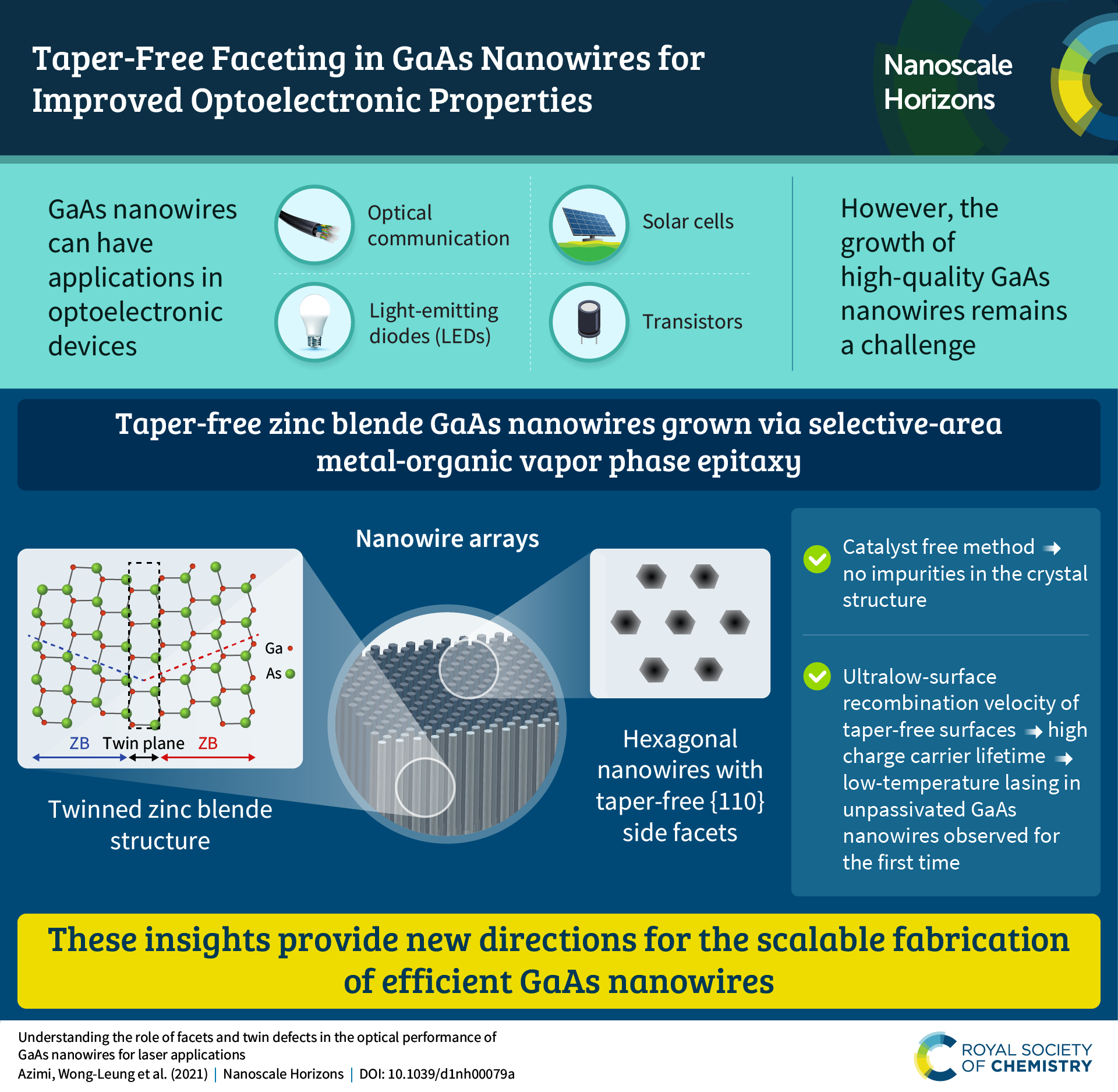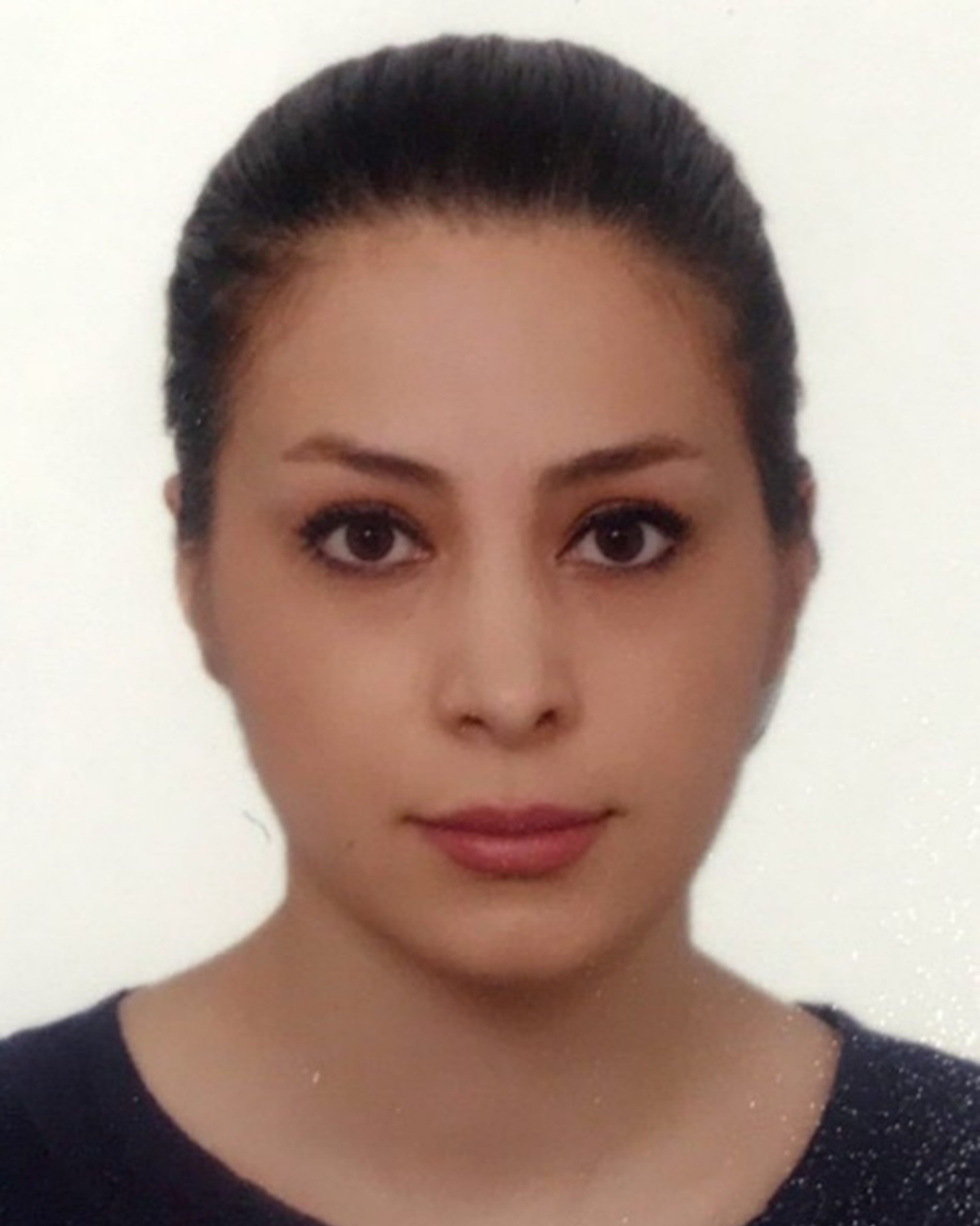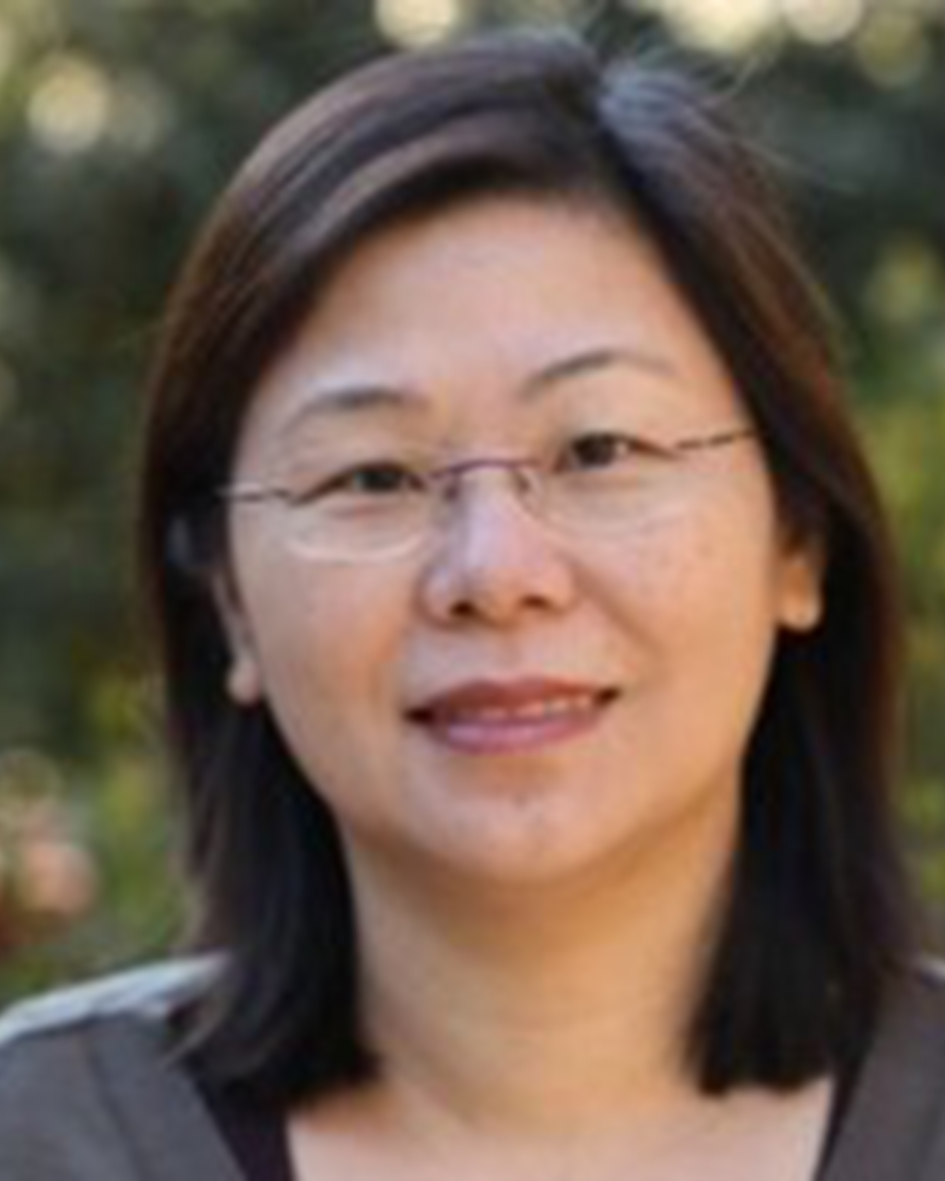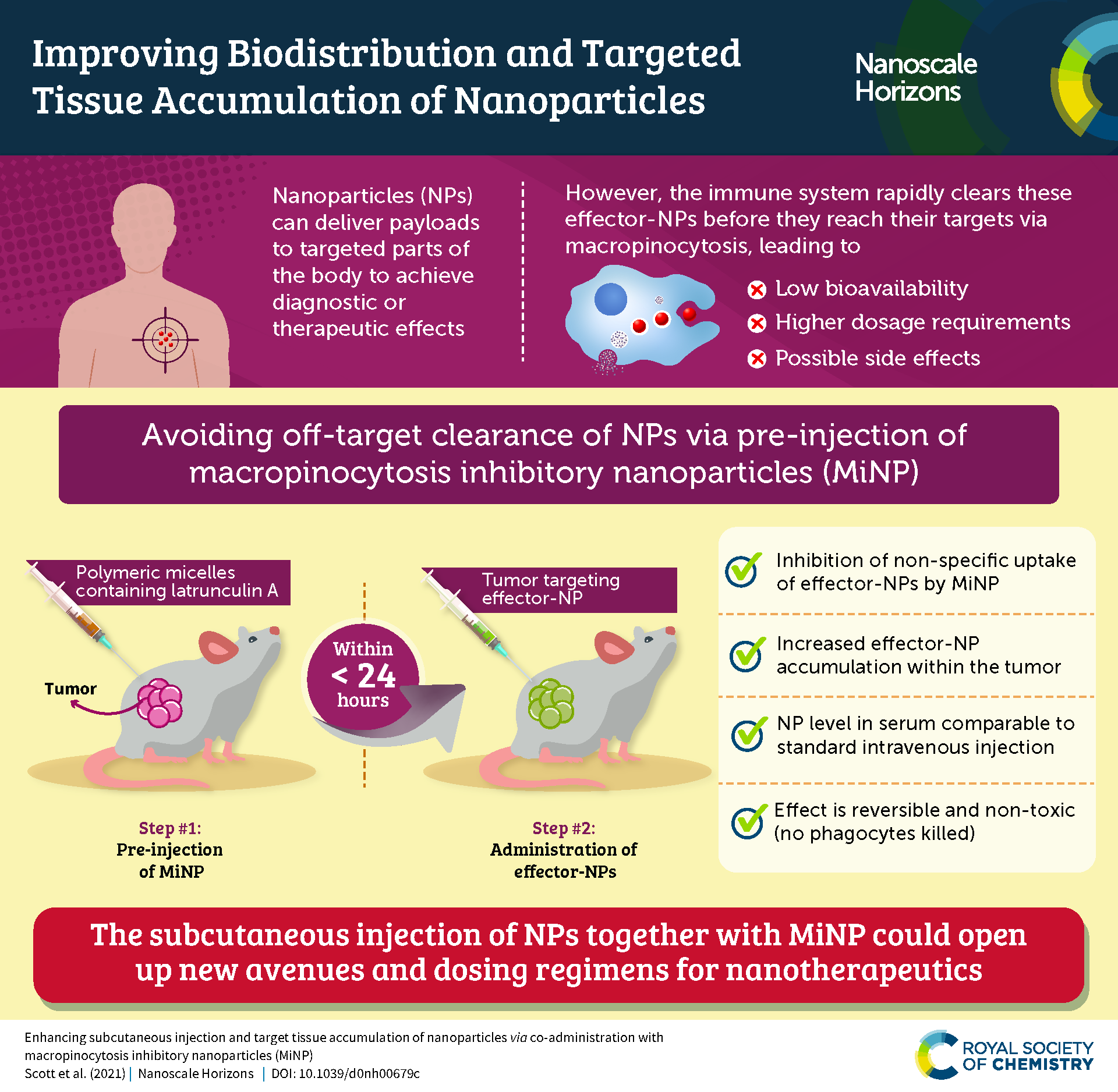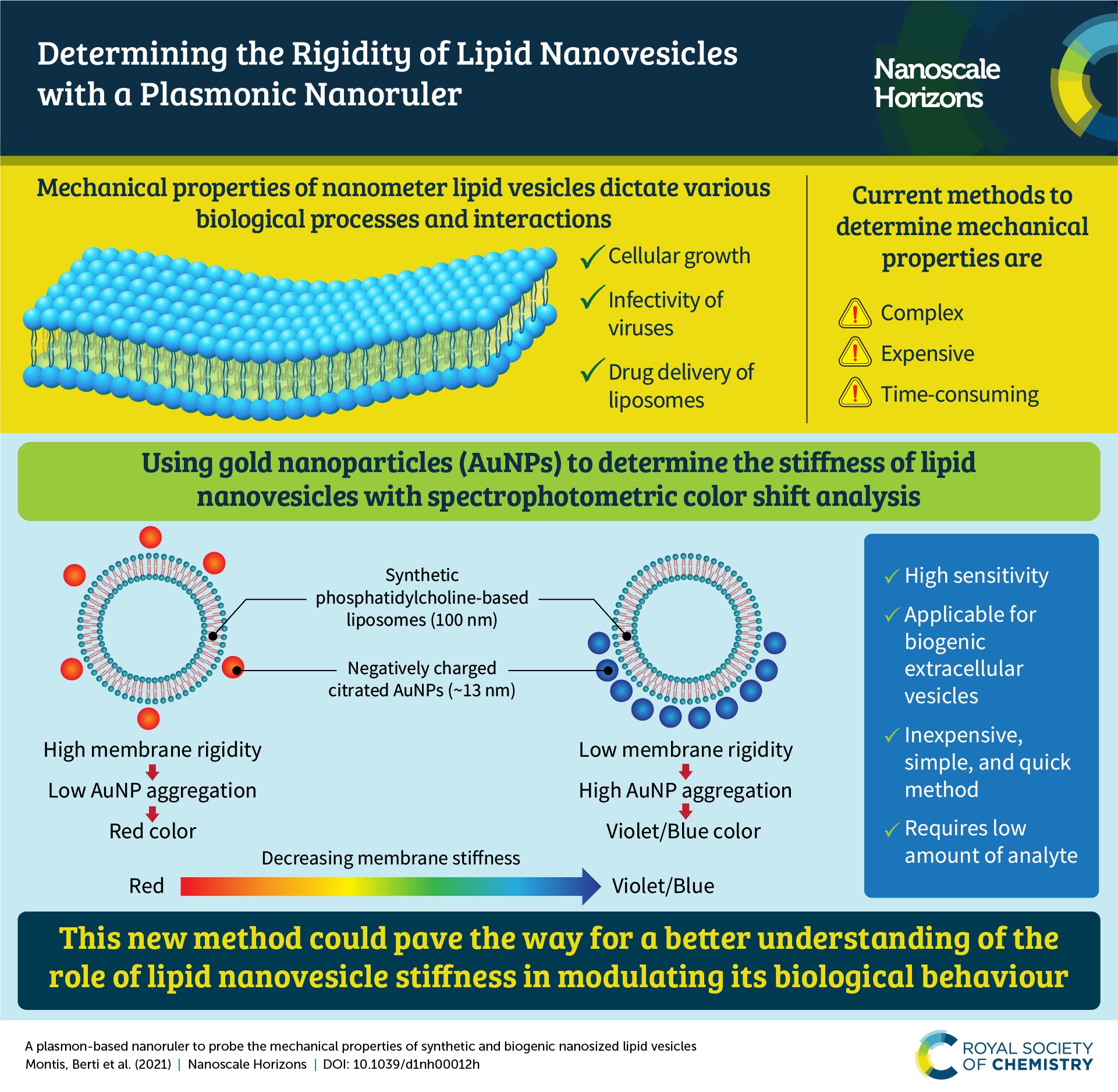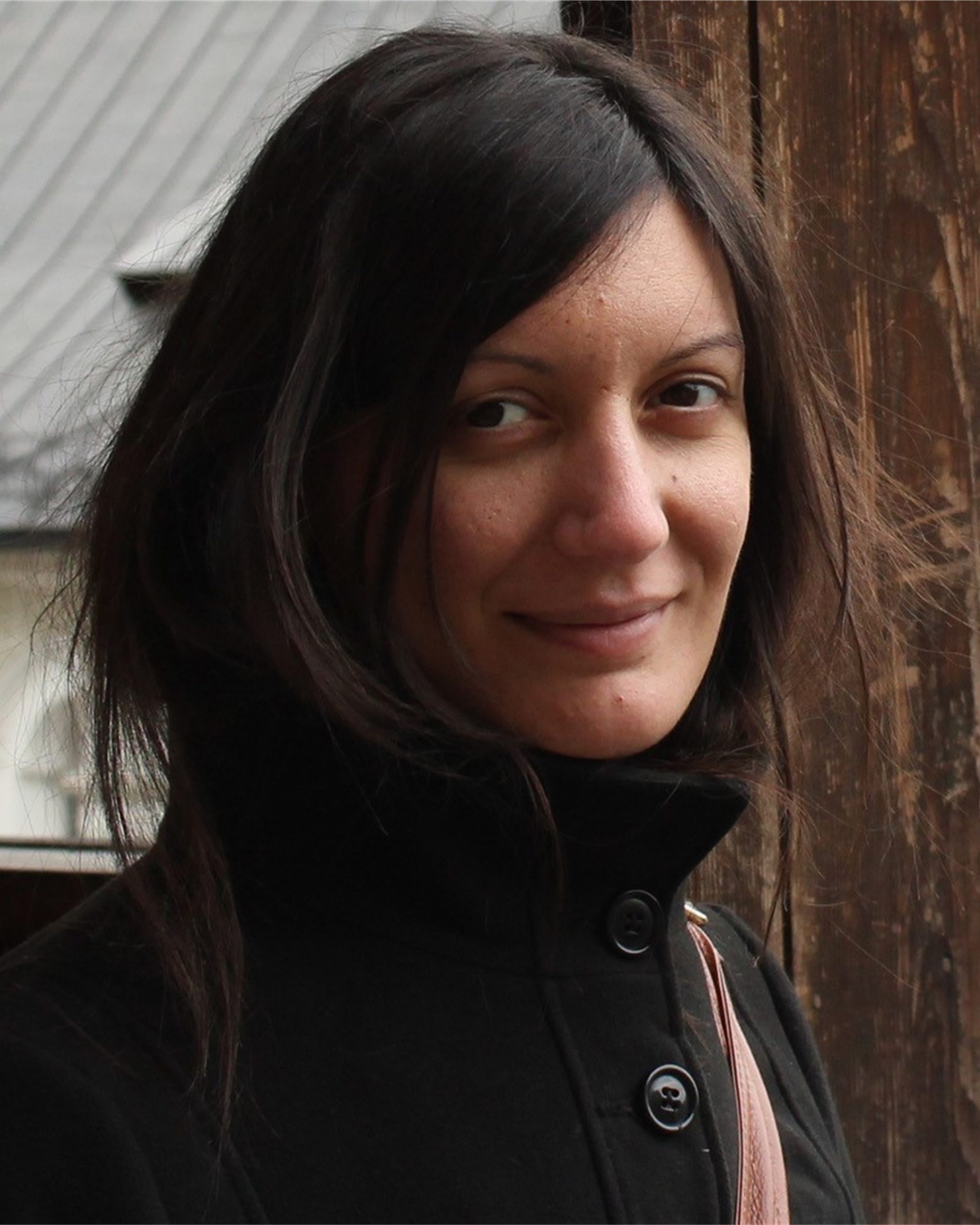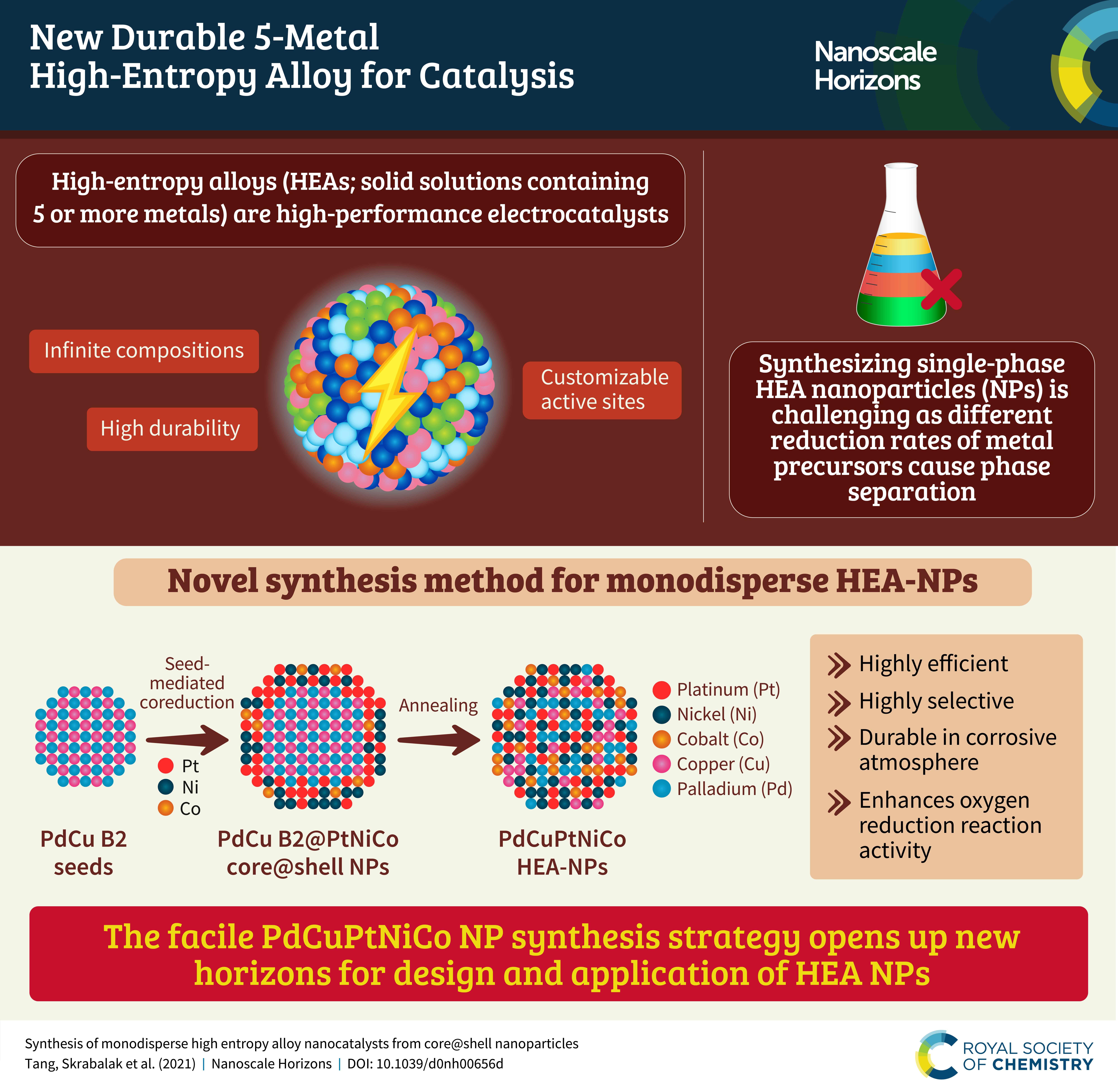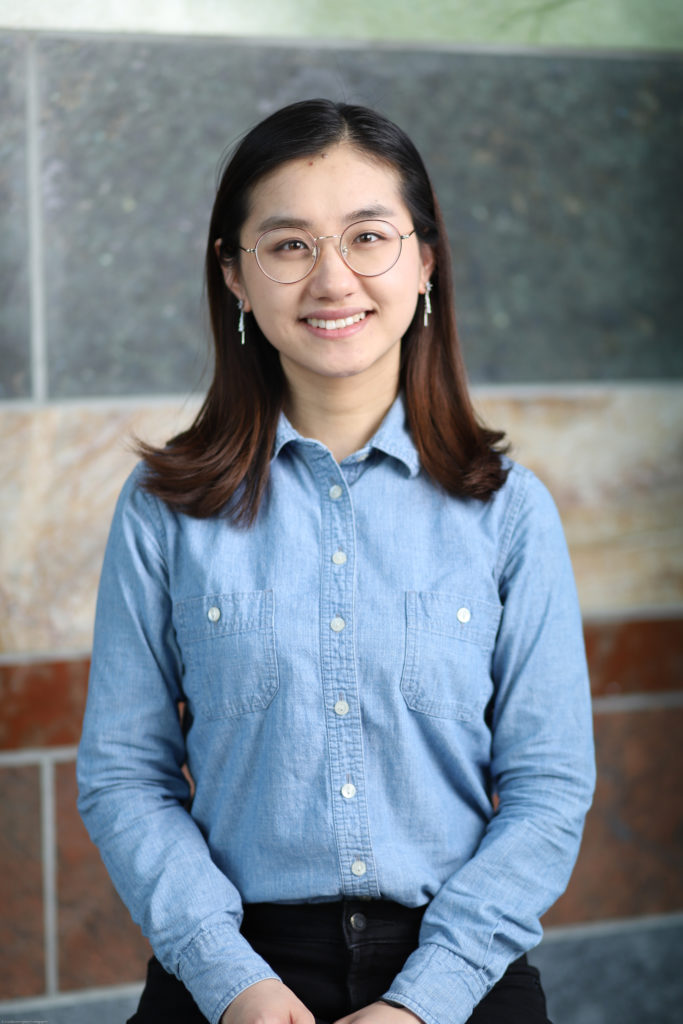Most popular articles in 2021
We wanted to share with you some of the most popular articles published in Nanoscale Horizons last year, determined by their citations and page views.
All of the articles in the collection are free to access until the end of March 2022. Read some of the featured articles below.
Nanoarchitectonics: what’s coming next after nanotechnology?
Katsuhiko Ariga
Nanoscale Horiz., 2021, DOI: 10.1039/D0NH00680G
Radiative heat transfer at the nanoscale: experimental trends and challenges
Christophe Lucchesi, Rodolphe Vaillon and Pierre-Olivier Chapuis
Nanoscale Horiz., 2021, DOI: 10.1039/D0NH00609B
Engineering a photosensitizer nanoplatform for amplified photodynamic immunotherapy via tumor microenvironment modulation
Yaxin Zhou, Xiaomeng Ren, Zhaosheng Hou, Ningning Wang, Yue Jiang and Yuxia Luan
Nanoscale Horiz., 2021, DOI: 10.1039/D0NH00480D
Synthesis of monodisperse high entropy alloy nanocatalysts from core@shell nanoparticles
Yifan Chen, Xun Zhan, Sandra L. A. Bueno, Ibrahim H. Shafei, Hannah M. Ashberry, Kaustav Chatterjee, Lin Xu, Yawen Tang and Sara E. Skrabalak
Nanoscale Horiz., 2021, DOI: 10.1039/D0NH00656D
A plasmon-based nanoruler to probe the mechanical properties of synthetic and biogenic nanosized lipid vesicles
Lucrezia Caselli, Andrea Ridolfi, Jacopo Cardellini, Lewis Sharpnack, Lucia Paolini, Marco Brucale, Francesco Valle, Costanza Montis, Paolo Bergese and Debora Berti
Nanoscale Horiz., 2021, DOI: 10.1039/D1NH00012H
We hope you enjoy reading these popular articles.
With best wishes,
Dr Heather Montgomery
Managing Editor, Nanoscale Horizons
Comments Off on Most Popular 2021 Nanoscale Horizons Articles
